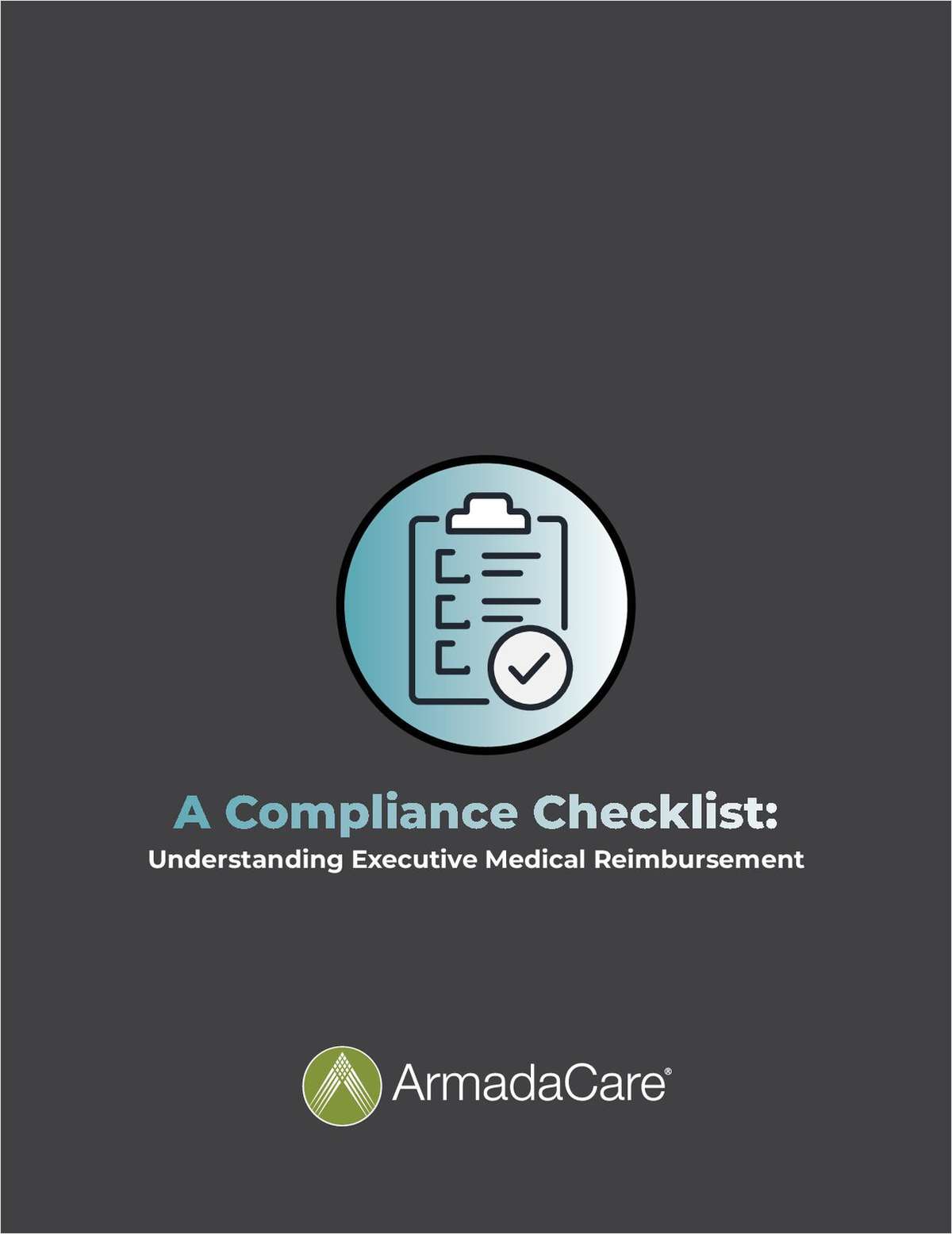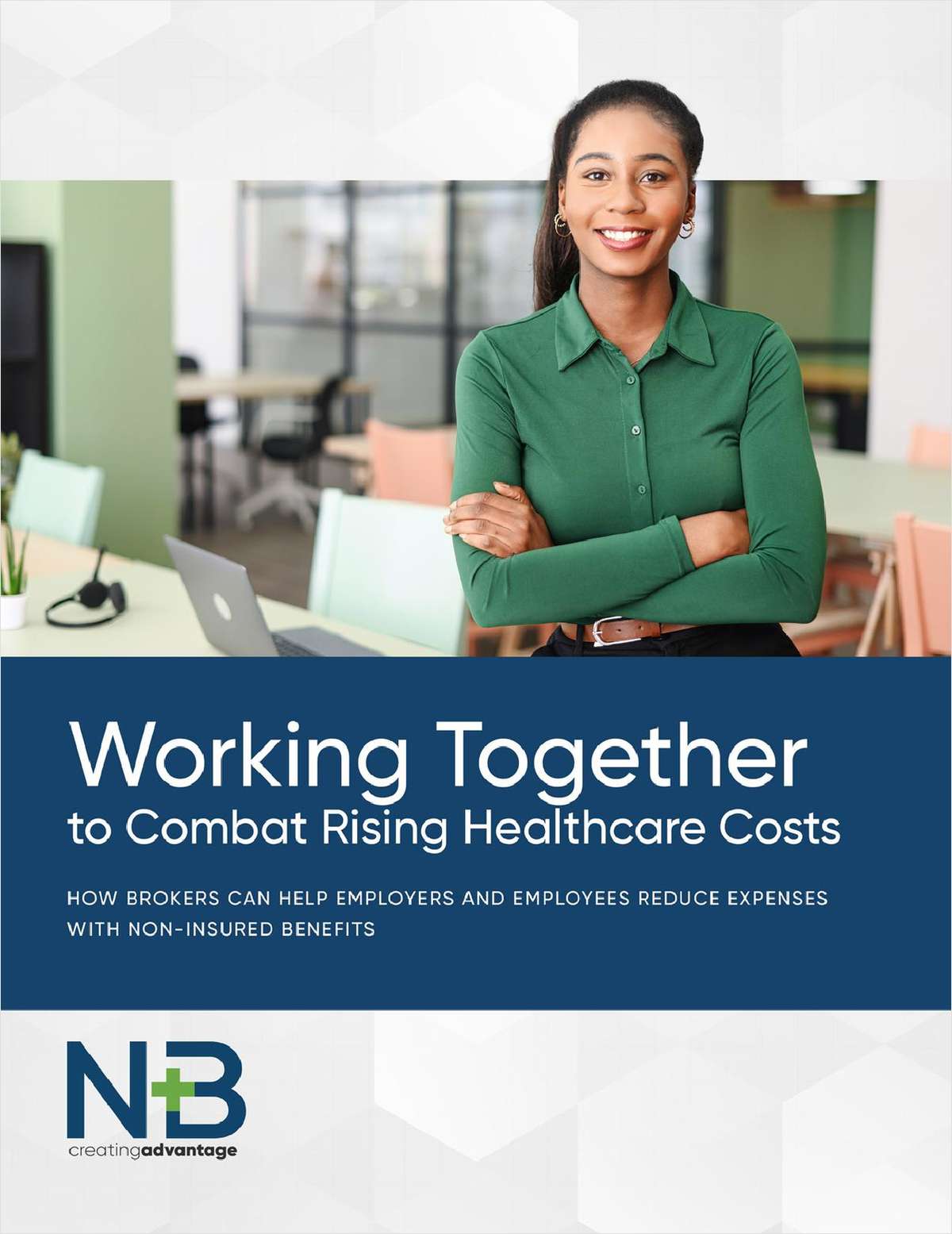If there’s no other place to turn to for money to get through the aftermath of Hurricane Harvey, those who have retirement accounts but aren’t yet retirement age will be able to draw on what funds they have—although, of course, that will come with its own cost.
The IRS is cutting hurricane victims some slack, reports Accounting Today, by allowing 401(k)s and other employer-sponsored retirement plans to give loans and hardship distributions to aid them without incurring penalties.
Related: 5 things to know about insurance coverage after Hurricane Harvey
It took similar action in the wake of Louisiana flooding and Hurricane Matthew.
It announced separately that it is waiving the diesel fuel penalty, in response to shortages of undyed diesel fuel caused by Hurricane Harvey. The IRS said it would not impose a penalty when dyed diesel fuel is sold for use or used on the highway.
Currently the leniency applies to those living or working in disaster areas affected by Hurricane Harvey, but it may be extended to parts of Louisiana should storm damage warrant.
A complete list of eligible counties is available at FEMA. To qualify for this relief, the agency says, hardship withdrawals must be made by January 31, 2018.
In addition, the IRS is also relaxing procedural and administrative rules that normally apply to retirement plan loans and hardship distributions so that eligible retirement plan participants can access their money more quickly with less red tape.
Also, the usual six-month ban on 401(k) and 403(b) contributions that typically affects employees who take hardship distributions will not apply.
The report says that, under the IRS relief, a retirement plan can allow a victim of Hurricane Harvey to take a hardship distribution or borrow up to the specified statutory limits from a storm victim’s retirement plan.
Someone who lives outside the disaster area can also take out a retirement plan loan or hardship distribution if they want to use the money to help a son, daughter, parent, grandparent or other dependent who lived or worked in the disaster area.
A new IRS announcement, Announcement 2017-11, provides additional information on relief provisions.
That doesn’t mean that the cash will come without a cost, however. And it can get expensive—particularly if someone can’t repay money taken from retirement accounts. A CNBC report highlights some of those costs that borrowers should keep in mind once the initial emergency has passed.
And the IRS has also pointed out that the tax treatment of loans and distributions stays unchanged.
Typically, retirement plan loan proceeds are tax-free if they are repaid over a period of five years or less. Under current law, hardship distributions are usually taxable and subject to a 10-percent early-withdrawal tax.
The IRS has said, however, that a loan from a retirement plan won't be taxed if the loan meets the rules and the money is paid back according to the repayment schedule.
Failure to replenish the funds in a retirement account will not only incur taxes and penalties, but will shut account holders out of potential market gains.
The CNBC report offers examples. For someone not yet 59½, for instance, although there’s no longer an early withdrawal penalty, a $20,000 withdrawal from a 401(k) for someone with a 25 percent effective income tax rate, including state taxes, plus the 10 percent penalty for early withdrawal, assuming no exemption applies. That cuts that $20,000 down to $13,000.
Or, the report says, “in the case of a 30-year-old worker who, rather than withdrawing $14,000 out of his retirement account instead leaves that money in his 401(k) plan to grow. Even if he never contributes another penny, that $14,000 would grow to $152,147 by age 62, assuming an 8 percent average annual return. Of course, that's not going to happen if the worker withdraws that $14,000 at age 30.”
However, considering the great need in Texas at present—the Washington Post has estimated that 80 percent of the homeowners in Harvey’s path lack flood insurance—the future cost to retirement surely has to be weighed against the present cost of recovery.
That is particularly true since many homeowner policies lack flood insurance, and coverage from the National Flood Insurance Program can cost up to $2,000 per year.
The NFIP is scheduled to end in late September, unless Congress takes action and reauthorizes it—but a new law that takes effect in Texas on Friday could cut insurance payments and penalties on insurers who don’t pay for claims in the event of disasters.
Attorneys, warns the report, are urging hurricane victims to file insurance claims before the end of this week.
Retirement funds accessible under the relaxed rules could make all the difference in getting through.
Complete your profile to continue reading and get FREE access to BenefitsPRO, part of your ALM digital membership.
Your access to unlimited BenefitsPRO content isn’t changing.
Once you are an ALM digital member, you’ll receive:
- Breaking benefits news and analysis, on-site and via our newsletters and custom alerts
- Educational webcasts, white papers, and ebooks from industry thought leaders
- Critical converage of the property casualty insurance and financial advisory markets on our other ALM sites, PropertyCasualty360 and ThinkAdvisor
Already have an account? Sign In Now
© 2025 ALM Global, LLC, All Rights Reserved. Request academic re-use from www.copyright.com. All other uses, submit a request to [email protected]. For more information visit Asset & Logo Licensing.








